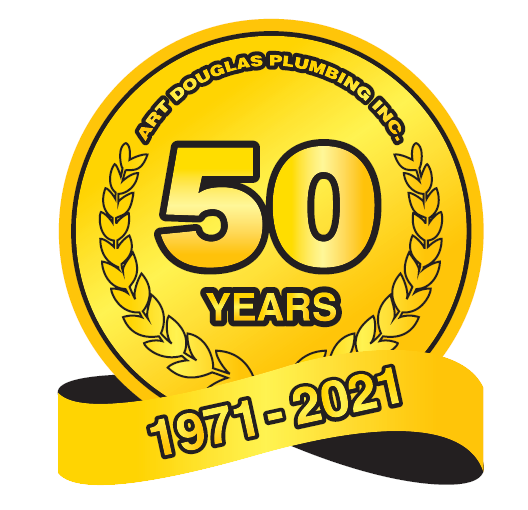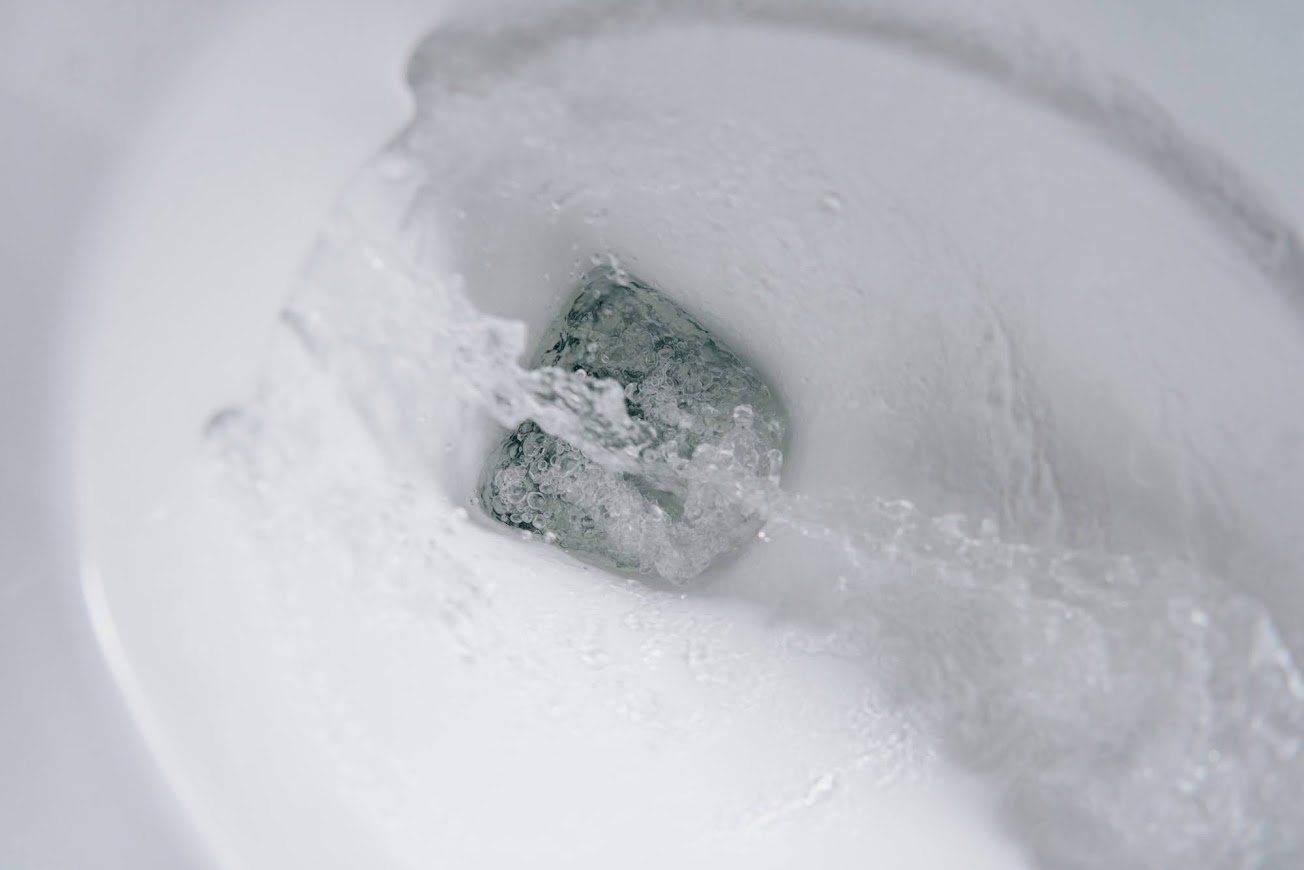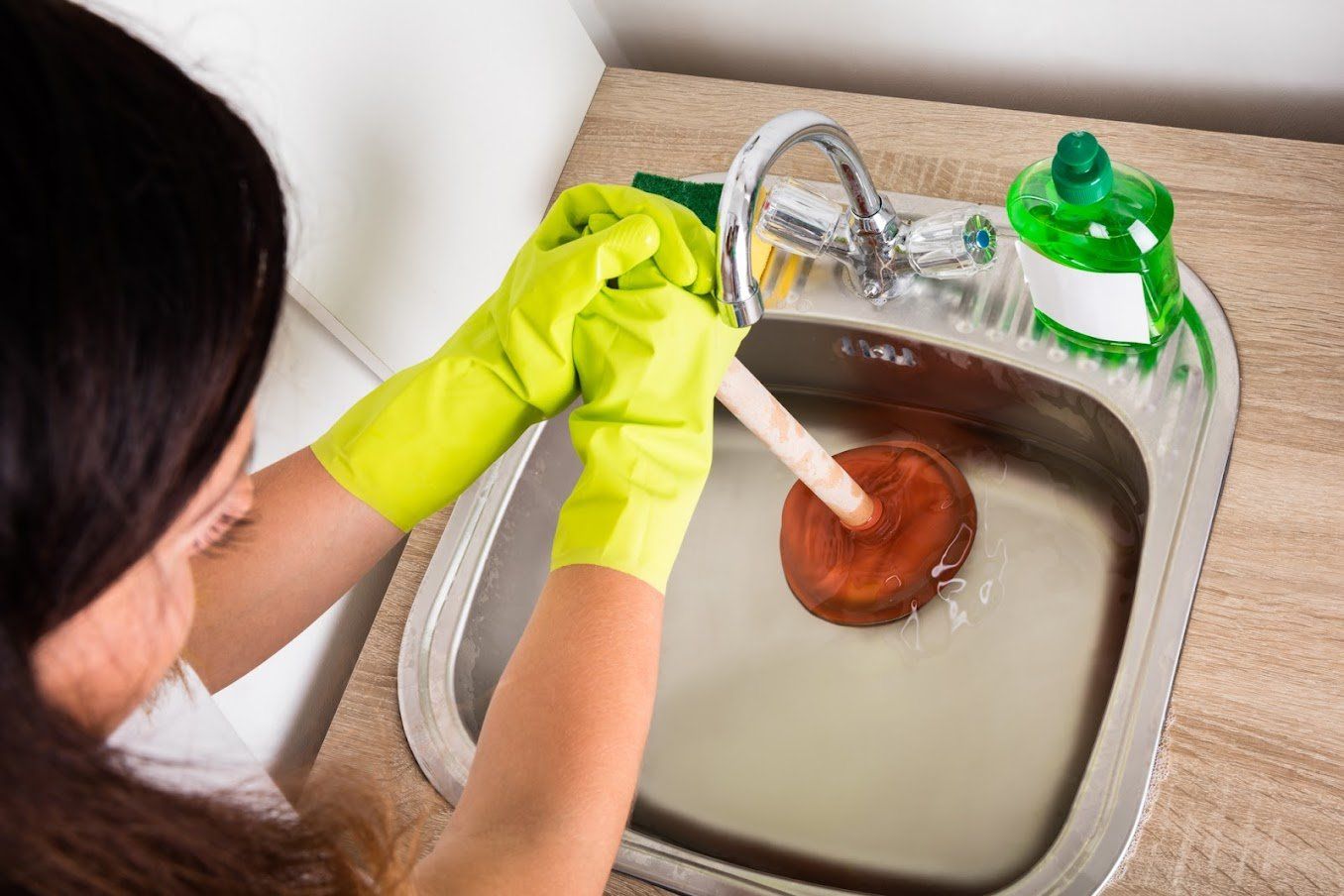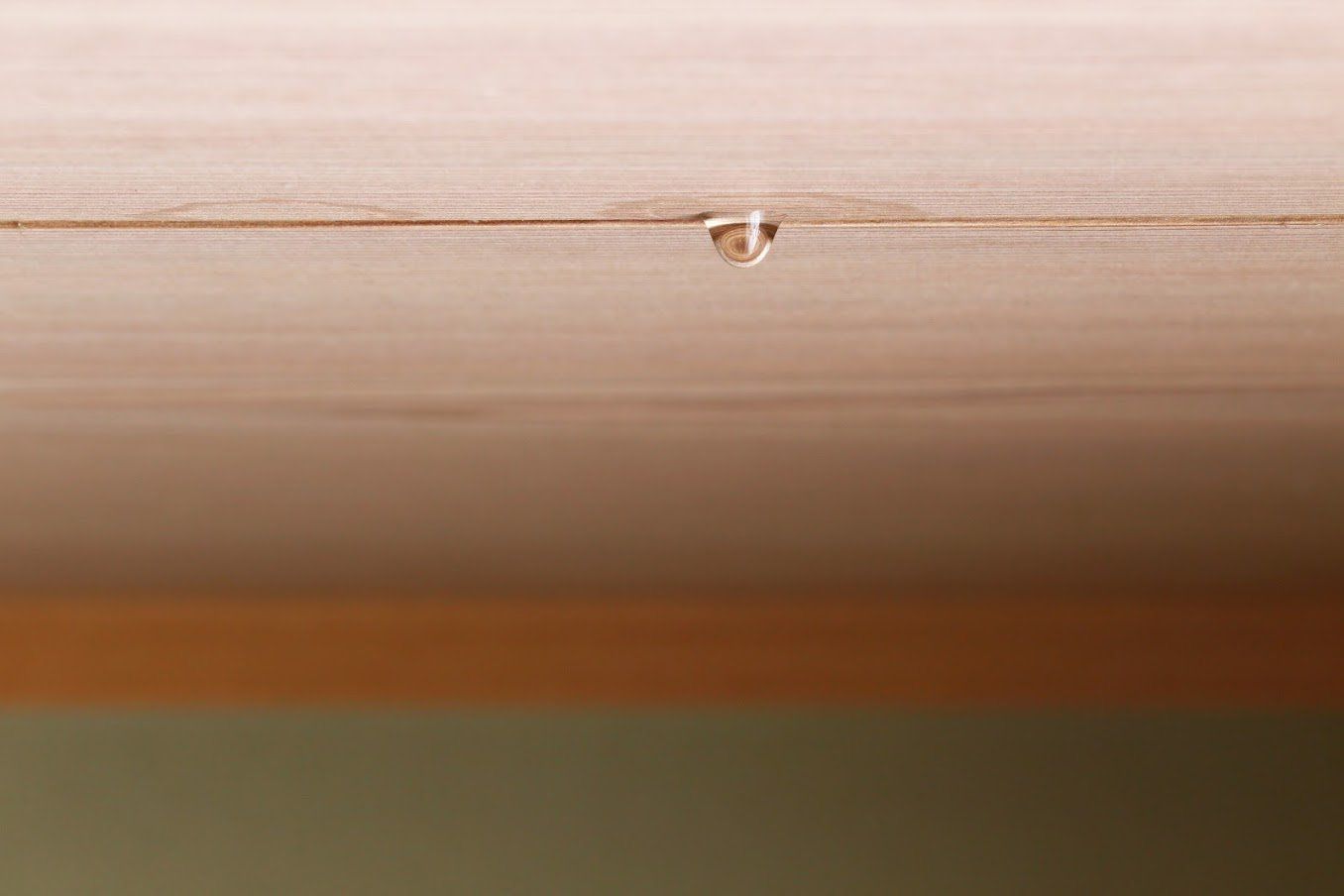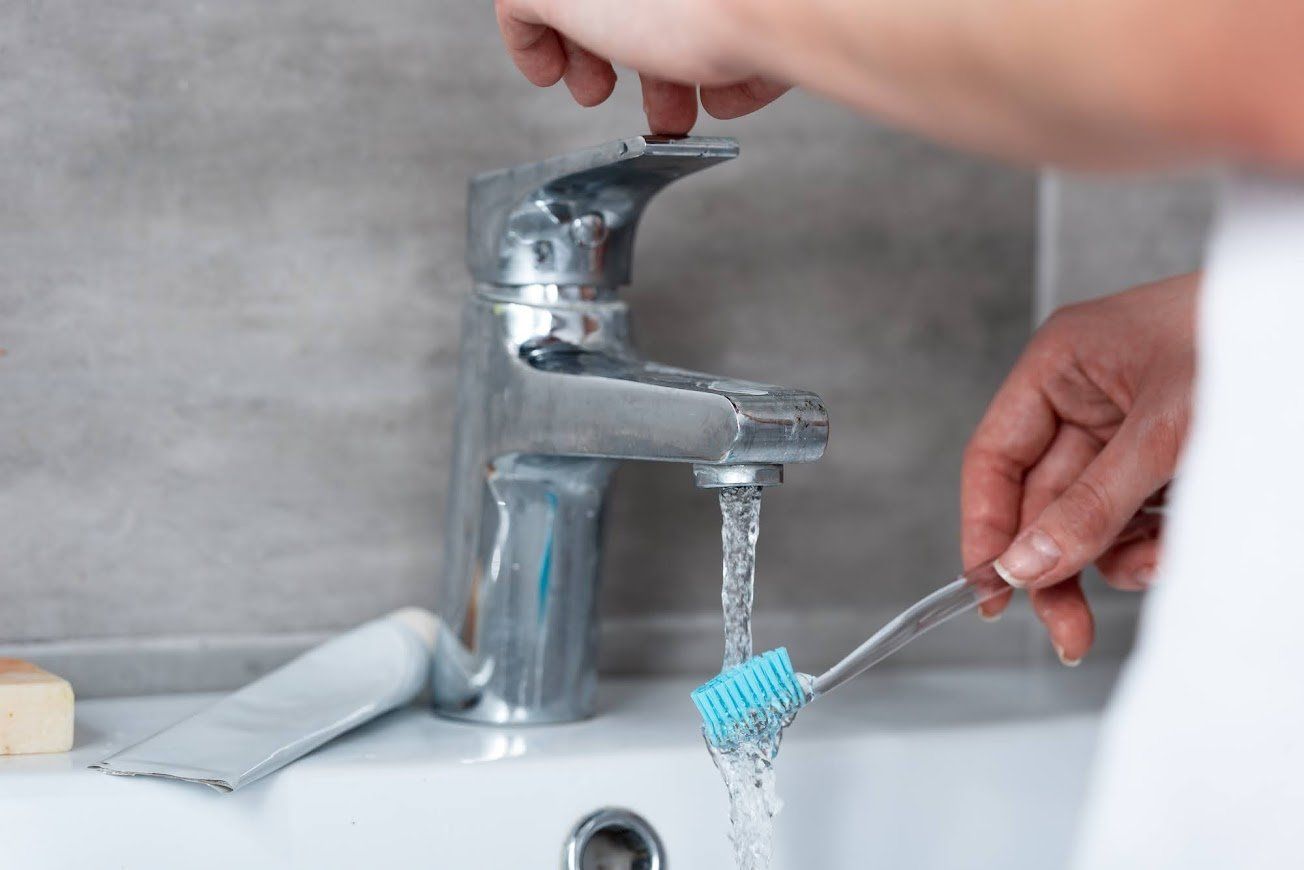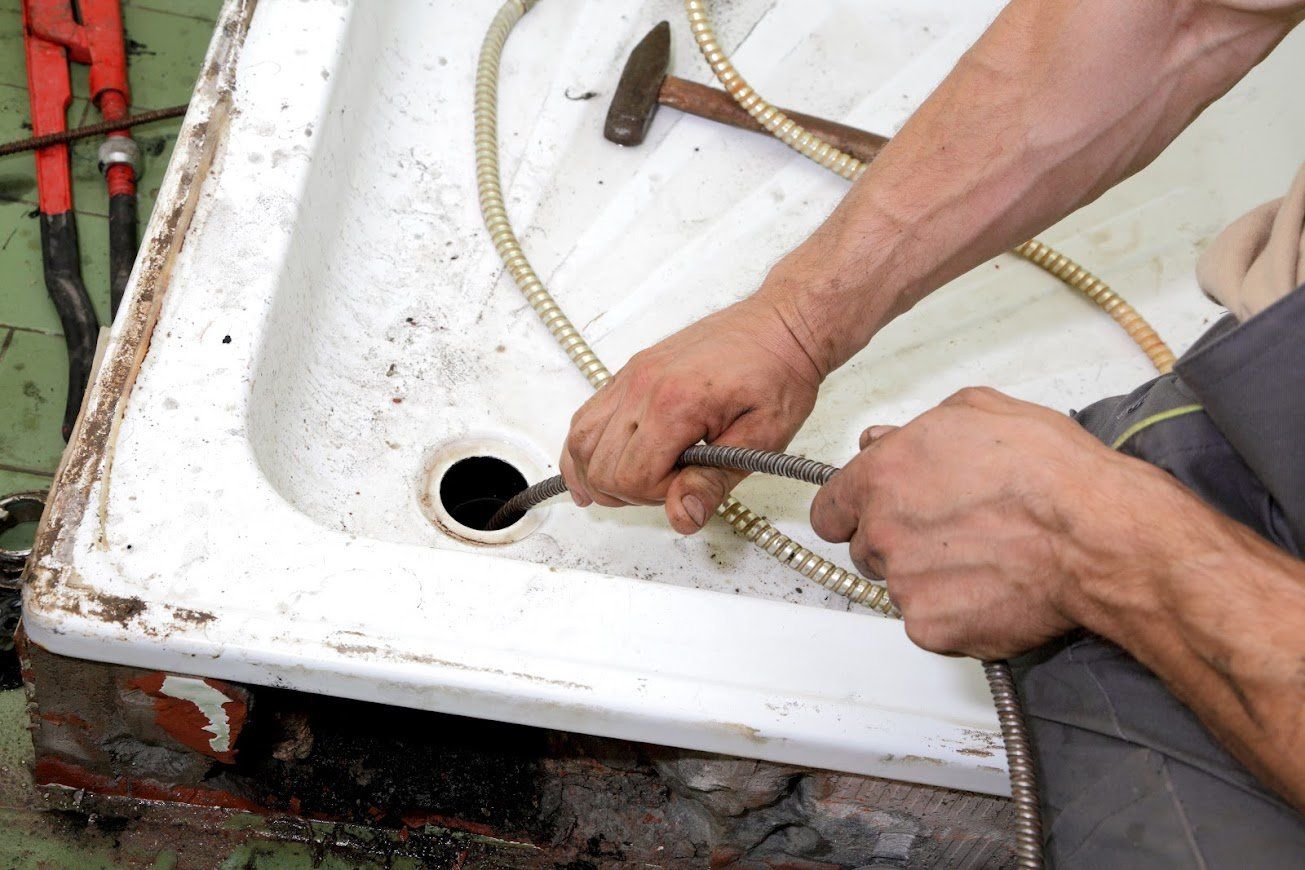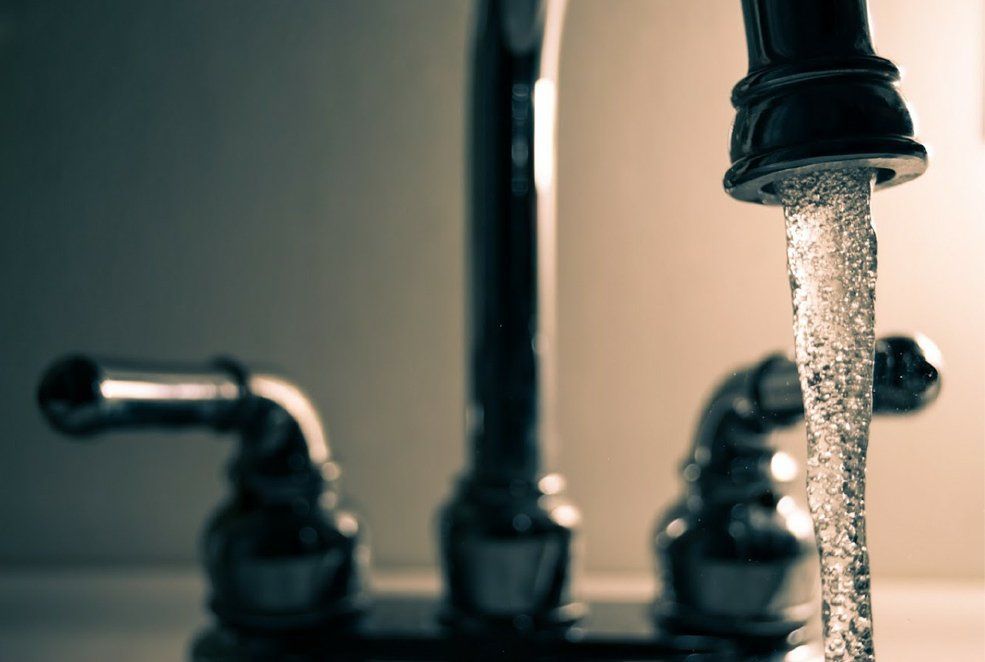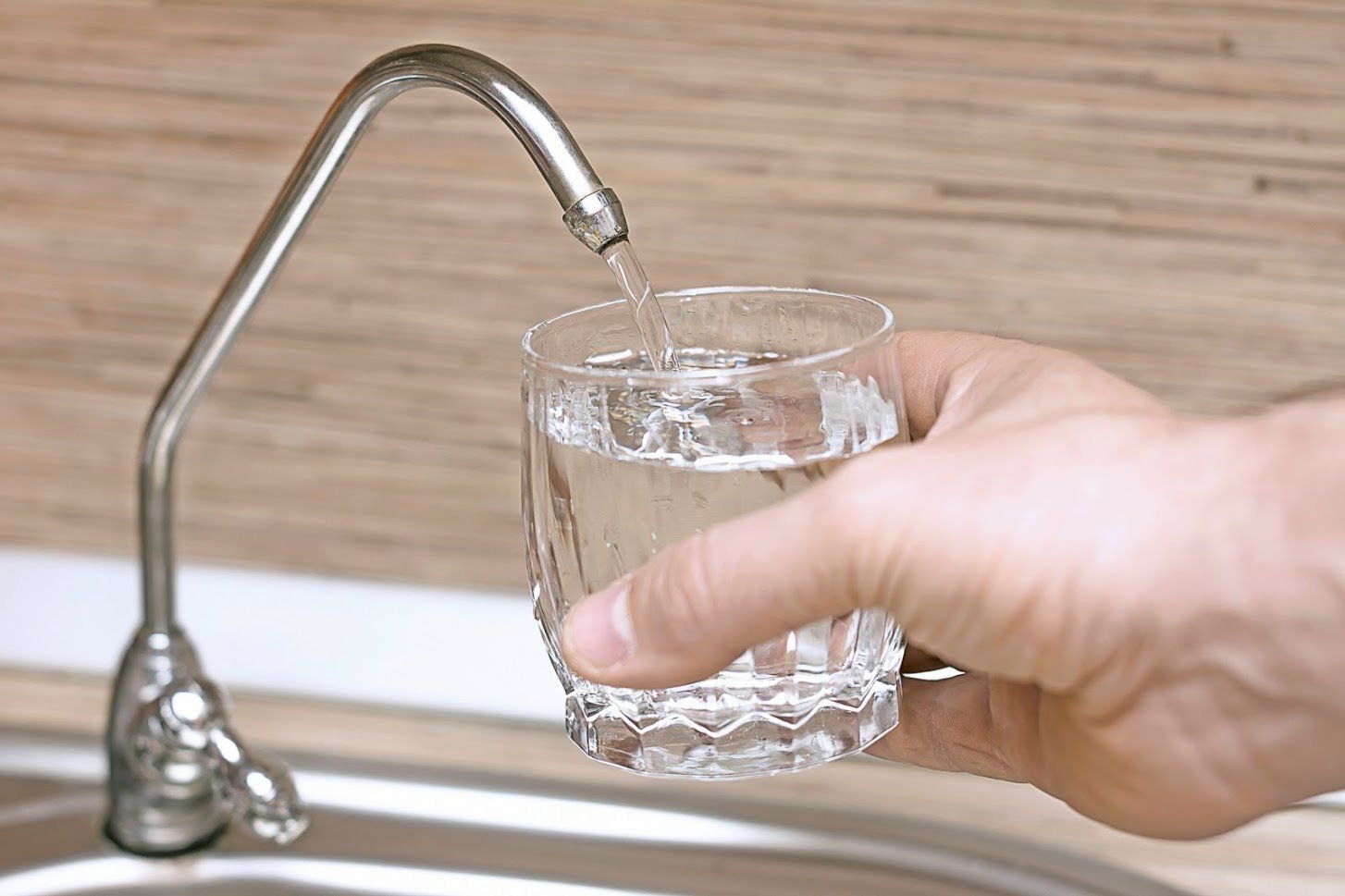ENVIRONMENTAL IMPACTS OF RESIDENTIAL PLUMBING AND HOW TO REDUCE THEM
Admin • July 12, 2019
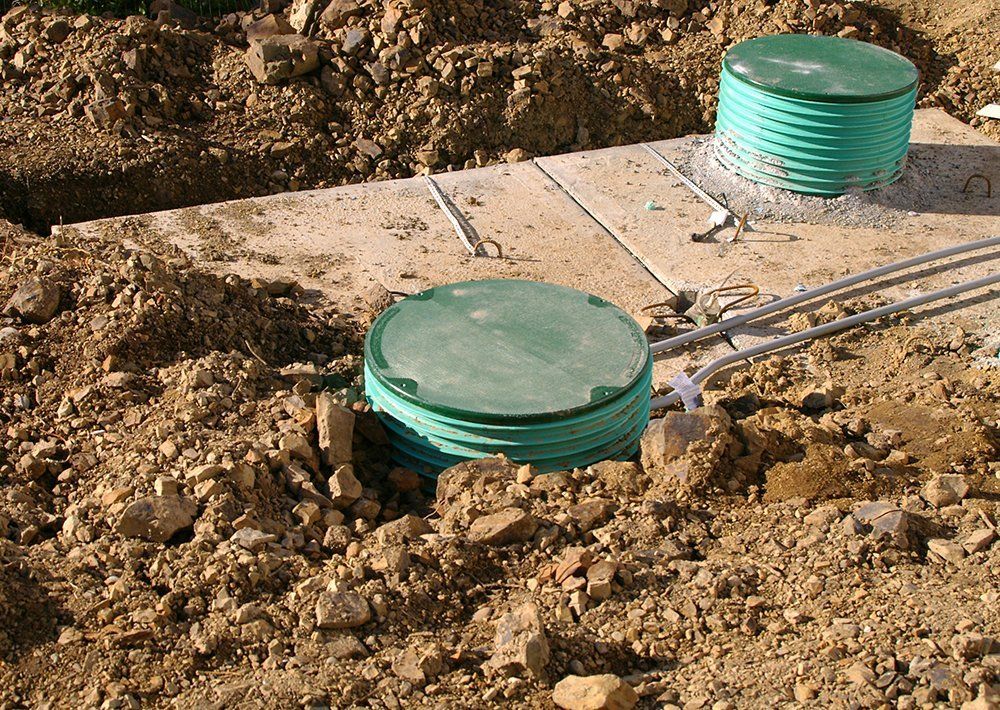
You may have heard that using water-efficient plumbing fixtures is better for the Earth, but did you know that your home plumbing can affect the environment in many other ways as well? Here are four ways residential plumbing can affect the environment and what you can do about it.
1. Watershed Pollution
The concept of a watershed refers to the geographical area that drains into a particular body of water. You can use an online tool to find out what watershed you're in and what body of water it drains into. This body of water is where any fertilizer runoff and other types of polluted water will go after it leaves your yard as surface water.
Your outdoor plumbing and water use is more likely to affect the watershed. This includes your septic system or sewer line, your downspouts and rainwater runoff management, and your lawn and garden watering habits. Outdoor water can carry contaminants such as fertilizer or sewage to the nearest body of water, seeding it with pathogens or facilitating algae blooms.
You can minimize or prevent these issues by keeping your septic system or sewer line in great shape with regular maintenance and repairs, collecting roof runoff in rain barrels, and watering your lawn only when needed to reduce runoff.
2. Drinking Water Reserve Depletion
The Earth has a limited supply of drinkable water. Using the same stream of municipal water (or private well) for every application in your home, from drinking to flushing the toilet, means that you use drinkable water for a lot of things that don't necessarily need drinkable water. Low-flow toilets, shower heads, and bathroom faucets help to reduce the amount wasted here.
Another thing you can do to protect drinking water reserves is to reuse some of your lightly used water. This may be water that collects in the sink as you rinse dishes, for example. Lightly used water is referred to as gray-water and can often be used to flush toilets and water plants, which can reduce the amount of drinkable water used for these purposes.
Be sure to check local regulations before you start reusing gray-water, since there may be restrictions at the city or state level.
3. Electricity Wastage
Electricity is often used in plumbing. For example, electric hot water heaters, appliances that use water, and smart plumbing fixtures (such as a heated bidet seat) all use electricity. If you live in a typical area of the USA, your electricity is likely produced by fossil fuels such as natural gas.
Reducing the amount of electricity you use throughout your home can lessen this impact, and one of the biggest uses of residential electricity is hot water heating. In fact, water heating is second only to heating and cooling.
You can use a more efficient water heater or even install a solar water heating system to reduce the impact of your water heater on the environment. And on-demand water heaters and hybrid water heaters can both reduce the electricity used to heat your water. Talk to your plumber about which type of efficient water heater is best for you.
4. Manufacturing Material Production
Manufacturing plumbing fixtures also takes up energy and uses other non-renewable materials such as metal and ceramic. Of course, this doesn't mean you should avoid buying more water-efficient fixtures. But if you remodel your bathroom and kitchen often, consider looking for gently used materials instead of buying all-new ones all the time.
Another way you can mitigate the manufacturing factor is to recycle your old plumbing fixtures each time you remodel, or even send them to a charity that resells used construction supplies.
These tips can help you reduce your plumbing's environmental impact. If you're looking for a plumber to install an efficient water heater, create a gray-water reuse system, or simply fix a leak to reduce water loss, get in touch with Art Douglas Plumbing Inc. today and we'll be glad to help you out.

